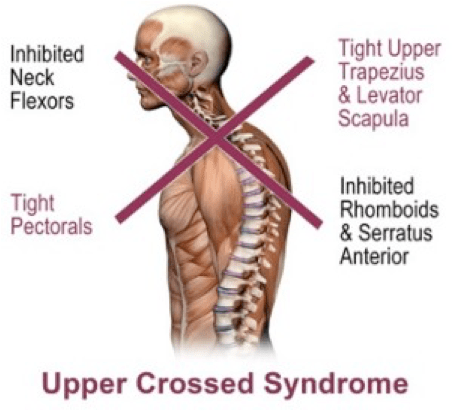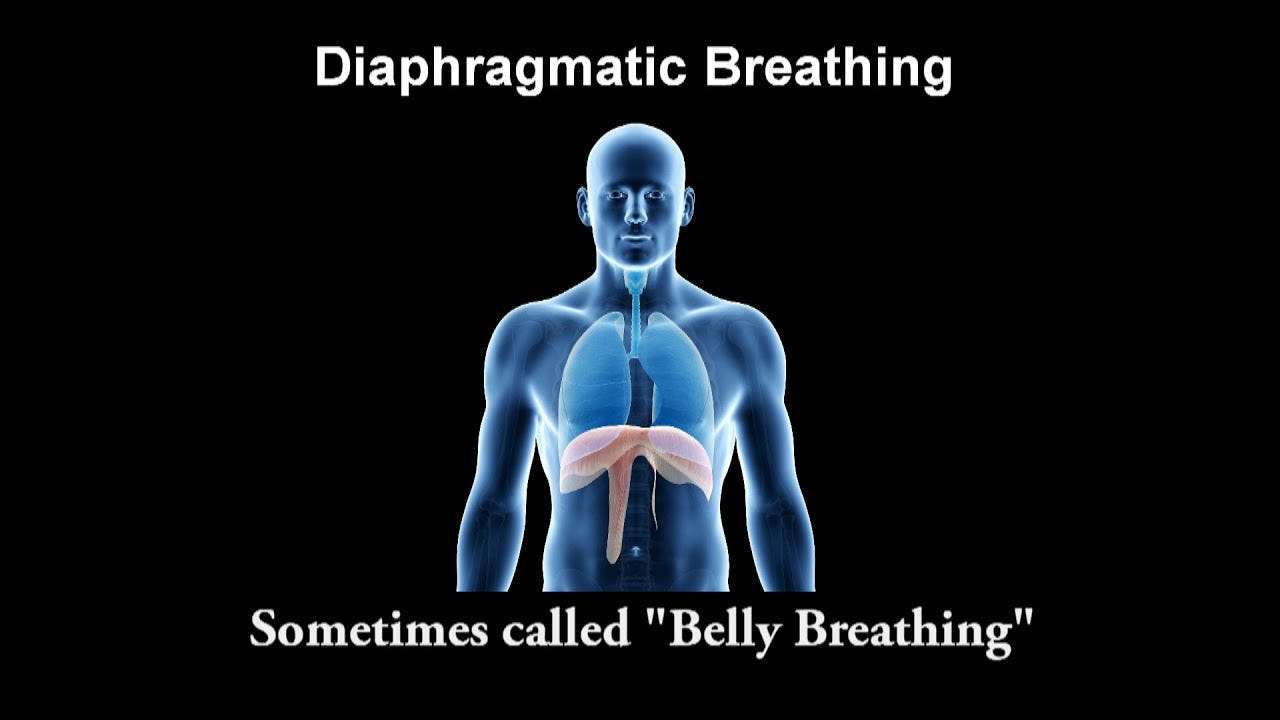
The order that I would take on improving UCS would be correction of breathing technique first, because it is simple, and it has the capacity for far reaching effects; proper deep breathing plays a key role in posture and spinal stabilization (Perri & Halford, 2004). The authors also noted that conditions like UCS and others (i.e., anxiety, depression, rib/head fixations, poor diet, allergies, kidney dysfunction) heavily influence poor breathing patterns and neck pain (Perri & Halford, 2004).

Mobilizing the thoracic spine is preceded with instrument-assisted modalities (i.e., tennis balls, foam rolls) to help relax muscles. Often, I combine breathing techniques with self-myofascial release (SMR) techniques so that muscles can relax in two ways instead of one. It also provides a chance for the client to incorporate deep breathing with exercise and movement in general. Following deep breathing and SMR are self-mobilizations of the thoracic spine. I implement quadruped thoracic spine rotation, or side lying “rib pulls.” Again, I try to implement deep breathing with this as much as possible.
I always re-test at each step of the correctives as well to see what is working:
1. Deep breathing then re-test thoracic spine and shoulder mobility.
2. SMR of the thoracic spine + deep breathing then re-test thoracic spine and shoulder mobility.
3. Implement thoracic spine self-mobilizations + deep breathing then re-test thoracic spine and shoulder mobility.
References
Perri, M., & Halford, E. (2004). Pain and faulty breathing: A pilot study. Journal of Bodywork and Movement Therapies, 8, 297-306.
-Michael McIsaac
